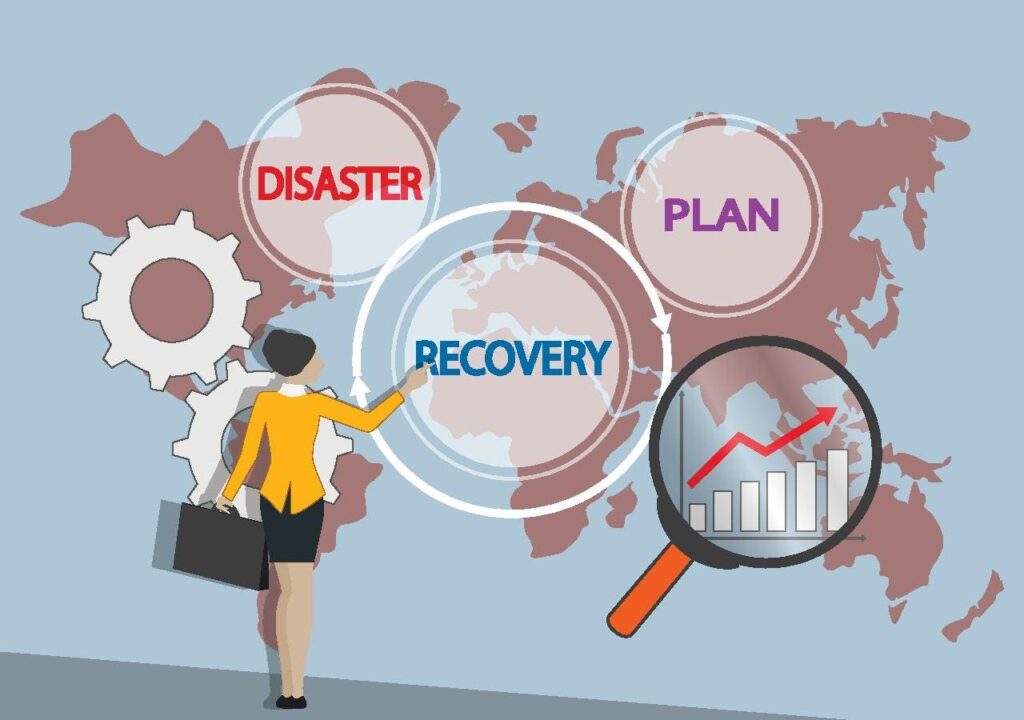Patty Templeton-Jones is President and Chief Program Advocate at Wright Flood, a leading provider of flood insurance.
As business leaders, we understand the importance of having strategies in place to prepare and protect our companies during natural disasters and crises. But what once was a seasonal practice depending on location—like hurricane season for Gulf and Eastern seaboard states or tornado season in the Midwest—is now a year-round exercise because of the unpredictability and volatility of climate-driven events.
NOAA’s National Centers for Environmental Information recently reported that “there were 27 individual weather and climate disasters with at least $1 billion in damages” in 2024, totaling a combined $182.7 billion in costs. Speaking from the flood insurance sector, among the most devastating events were the widespread rainfalls across the Upper Midwest states during a one-week span in June. These storms breached dams and levees and spurred inland river flooding that caused an estimated $1.1 billion in damages.
There were also the destructive impacts from Hurricanes Helene and Milton, which hit Gulf and Mid-Atlantic states within two weeks of each other and brought up to 15 feet and 10 feet of storm surge with them, respectively. But as we all witnessed in astonishment, Helene’s most catastrophic flooding stemmed from the historic rainfall (up to 30-plus inches) it dumped across much of western North Carolina—an area that had not experienced such flooding since 1916.
This year’s environmental emergencies began early, with wildfires ravaging Southern California in January—an atypical month for such an event—followed by atmospheric river deluges that added insult to injury. In the winter-mild southern U.S. states, previously unheard-of snowfalls brought everything to a halt. Quite frankly, there is no “off-season” when it comes to Mother Nature’s wrath. As such, today’s companies must ensure their disaster plans can evolve just as quickly as they can be deployed.
No one, not even weather forecasters, can predict the full extent of natural disasters, so businesses of all sizes and sectors should be prepared to face the unexpected to protect their people and operations and get them safely through any storm.
People First And Always
Be mindful of employees who work in the office full-time. While the Covid-19 pandemic taught us that many can work remotely, don’t overlook the impact disasters still have on the in-office workplace. Prepare your company to handle workload disruptions, whether the disaster affects your office or employees working remotely.
At a minimum, have a phone/text tree in place, and keep employee contact information up-to-date to locate them in real time. Consider implementing a mass notification system to alert employees during emergencies, provide safety updates and serve as a common touch point to reconnect after the event to see if employees need help or if they can provide help to others.
Protecting Data: On And Off The Cloud
All business data, both digital and physical, needs to be accessible after a crisis. If you haven’t already done so, move documents, payroll and customer relationship management systems to the cloud. Digitize hard copy files, if possible, or contract with a vendor specializing in document digitization. It’s also a good idea to have off-site backup servers to protect against the loss of on-site servers due to flooding or other destruction. For companies still using physical data storage (e.g., USB drives, binders), invest in waterproof/watertight storage for critical information. If you can’t move items off-site, elevate them as high as possible to minimize flood damage risks.
It Takes Two: Emergency And Business Continuity Plans
Although often used interchangeably, emergency plans and business continuity plans serve different purposes. Emergency plans are reactive tactics for immediate crises, outlining employee safety procedures, communication protocols and facility preparation. In contrast, a business continuity plan focuses on strategies to maintain or quickly restore essential operations during and after a crisis, such as IT recovery and remote work arrangements. Every business needs both.
Business Emergency Plan Considerations
Your emergency plan should outline how your business will handle the impacts of a disaster, from communication challenges to transportation issues to supply chain disruptions. It should also include employee protection measures, like evacuation and lockdown plans and steps for securing property. Ensure you have backup power systems for critical security assets, including cameras, alarms and lighting. It’s also essential to have emergency funds available.
Business Continuity Considerations
FEMA reports that many businesses, especially small businesses, fail to recover fully after a disaster. This often results from physical damage to locations, loss of data and financial pressures from prolonged downtime. A robust business continuity plan is critical for reopening your business as soon as the crisis has passed. Essential components of this plan include:
• Risk assessment and business impact analysis
• Recovery strategies
• Defined roles/responsibilities
• Testing procedures for resumption
• An assigned continuity team to execute the plan
Insurance Policies: Reviews And Renewals
Review your company’s insurance policies well before their renewal date to understand damage documentation requirements and the claims process. It’s also a good time to identify potential coverage gaps and address policy premium changes. For flood policies, we recommend reviewing them 90 days ahead of the renewal date to ensure you have separate and sufficient coverage for both property and contents.
Each company’s disaster strategy will vary based on geographic location, industry and emergency preparedness approach. What works for an enterprise-level tech company may not be relevant for a small local business. The key is to tailor plans to fit your company’s unique situation and regularly review them throughout the year—don’t “set it and forget it.” Because while maintaining business continuity is vital to your bottom line, being able to recover after a disaster is just as vital to support the recovery of the communities we serve as well.
Forbes Business Council is the foremost growth and networking organization for business owners and leaders. Do I qualify?
Read the full article here

